Bolnisi is a city of 17 700 inhabitants in the Kvemo Kartli region, south of Tbilisi. It is the administrative centre of a district (rayon) where 65% of the population is Azeri.
The Azeri community of Georgia is highly concentrated in Kvemo Kartli, where it makes up a majority; it includes about 300.000 people in the whole country.
However, the city of Bolnisi is nowadays merely inhabited by ethnic Georgians (about 85%); the stranger walking around the city nowadays would not necessarily notice its singular history.
Nevertheless, the city was founded in 1819 as Katharinenfeld, by German pietistic settlers who came to the South Caucasus some years before in order to find religious freedom. They were brought here as the result of an agreement between the Tsar Alexander the 1st and the King of Württemberg. Throughout the 19th century, the city developed as an agricultural centre, while having the classical features a southern line’s Russian colony. It was defended by Cossacks, populated by German peasants, Armenian and Persian merchants. With the industrialization at the end of Russian and beginning of Soviet times, its significance as a regional centre changed again, when Azeri and Georgian workers were brought here in order to work in the few new factories.
 In 1941, the situation drastically changed, when all the German inhabitants where, as well as most of Germans in the Soviet Union, deported to Central Asia, and to a lesser extend, to Siberia. Azeris and Georgian migrants from Imereti were given their houses. Soviet Germans could leave Central Asia in 1955 but could not join their homes until 1972. Finally, some 2.053 Germans were allowed to return to Georgia in 1979. Meanwhile, some German women who married with non-Germans, could stay in the country but were systematically persecuted until the late 1960’s.
In 1941, the situation drastically changed, when all the German inhabitants where, as well as most of Germans in the Soviet Union, deported to Central Asia, and to a lesser extend, to Siberia. Azeris and Georgian migrants from Imereti were given their houses. Soviet Germans could leave Central Asia in 1955 but could not join their homes until 1972. Finally, some 2.053 Germans were allowed to return to Georgia in 1979. Meanwhile, some German women who married with non-Germans, could stay in the country but were systematically persecuted until the late 1960’s.
The last dramatic event of Bolnisi was the chase of some 800 Azeri families out of the city by members of the Georgian nationalist Liberation Front in 1989. Svans, who came in the region as refugees of landslide in 1988, joined the local Georgian inhabitants to build up the nowadays’ ethnically quite homogeneous population.
Today, the strange mixture of south German and south Caucasian architecture in Bolnisi’s old streets is a witness of the city’s particular past, which is however hardly to be felt.
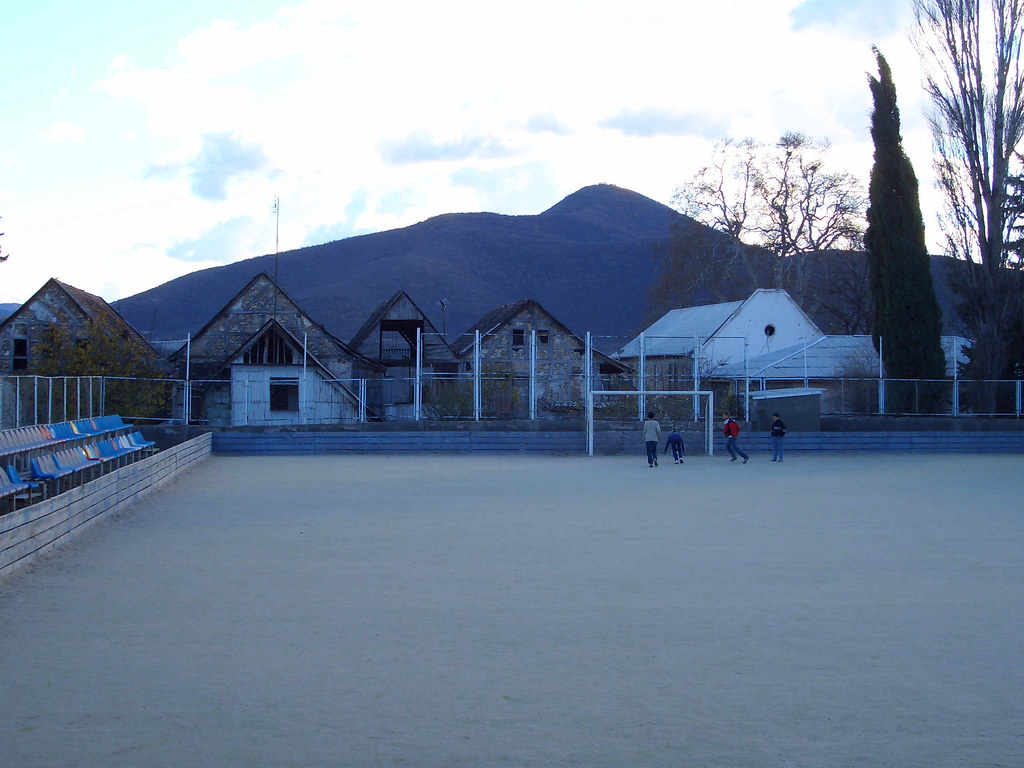 New Sports Ground In Bolnisi, Photot by Birgit Kuch/Nicolas Landru
New Sports Ground In Bolnisi, Photot by Birgit Kuch/Nicolas Landru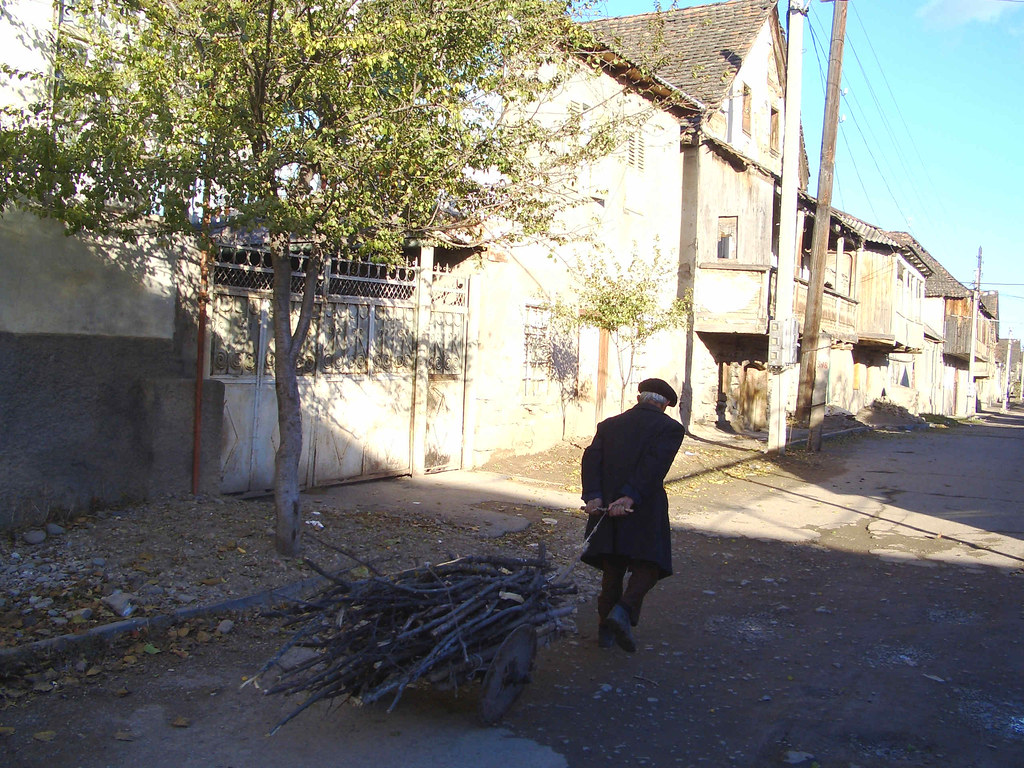 Old Man In The Old City Bolnisi, Photo by Birgit Kuch/Nicolas Landru
Old Man In The Old City Bolnisi, Photo by Birgit Kuch/Nicolas Landru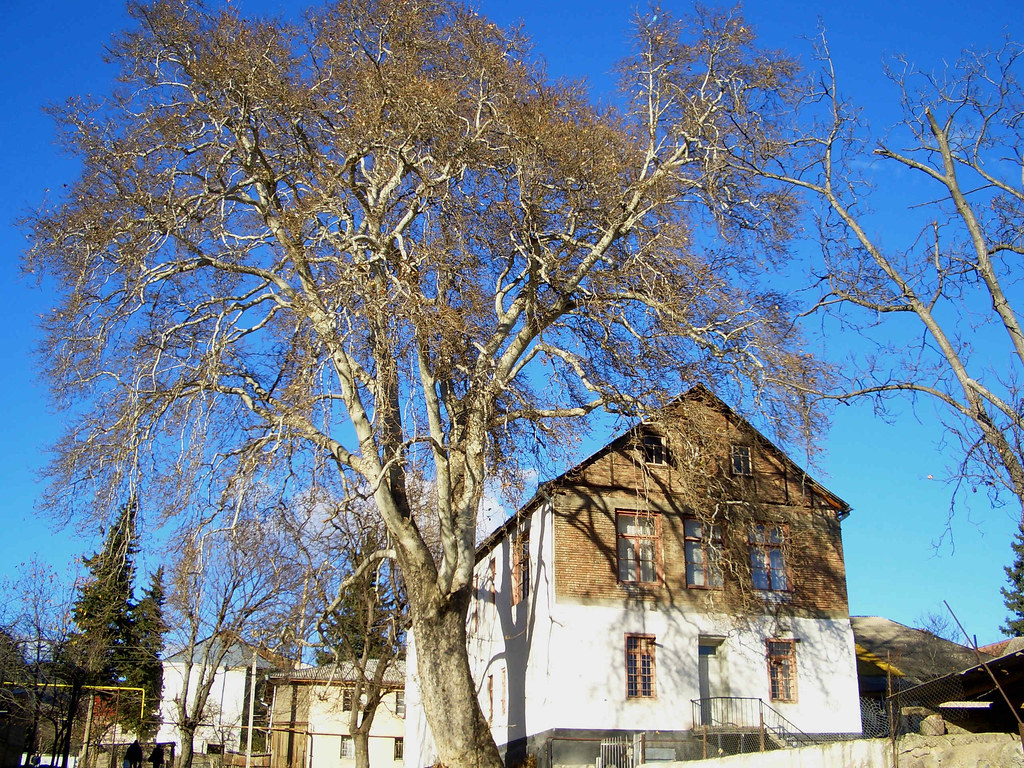 Old House In Bolnisi, Photo by Birgit Kuch/Nicolas Landru
Old House In Bolnisi, Photo by Birgit Kuch/Nicolas Landru The Old Town Of Bolnisi, Photo by Birgit Kuch/Nicolas Landru
The Old Town Of Bolnisi, Photo by Birgit Kuch/Nicolas Landru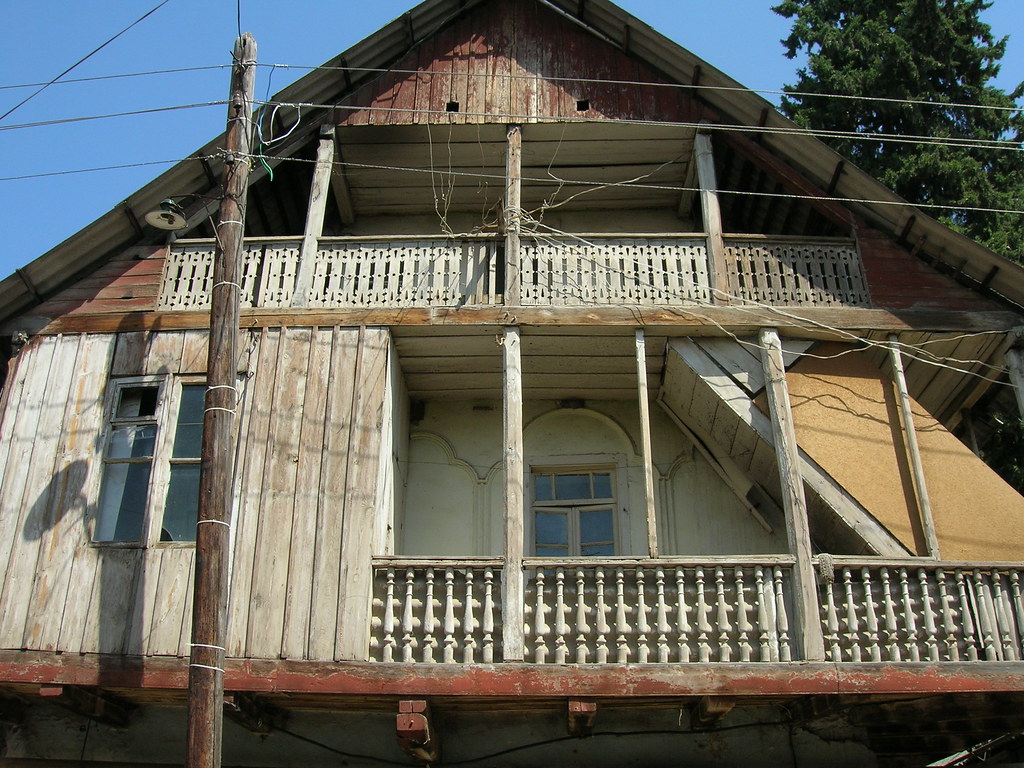 More Typical German Roof In The Caucasian Landscape, Photo by Ralph Hälbig
More Typical German Roof In The Caucasian Landscape, Photo by Ralph Hälbig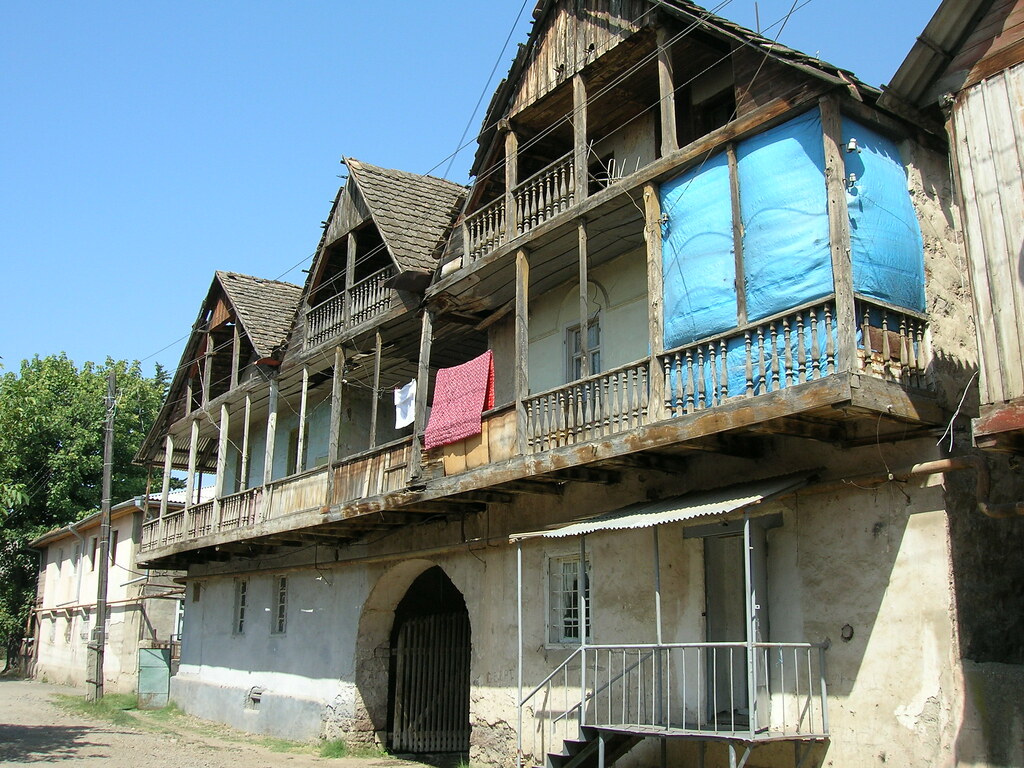 Restoration Is Indispensable, Photo by Ralph Hälbig
Restoration Is Indispensable, Photo by Ralph Hälbig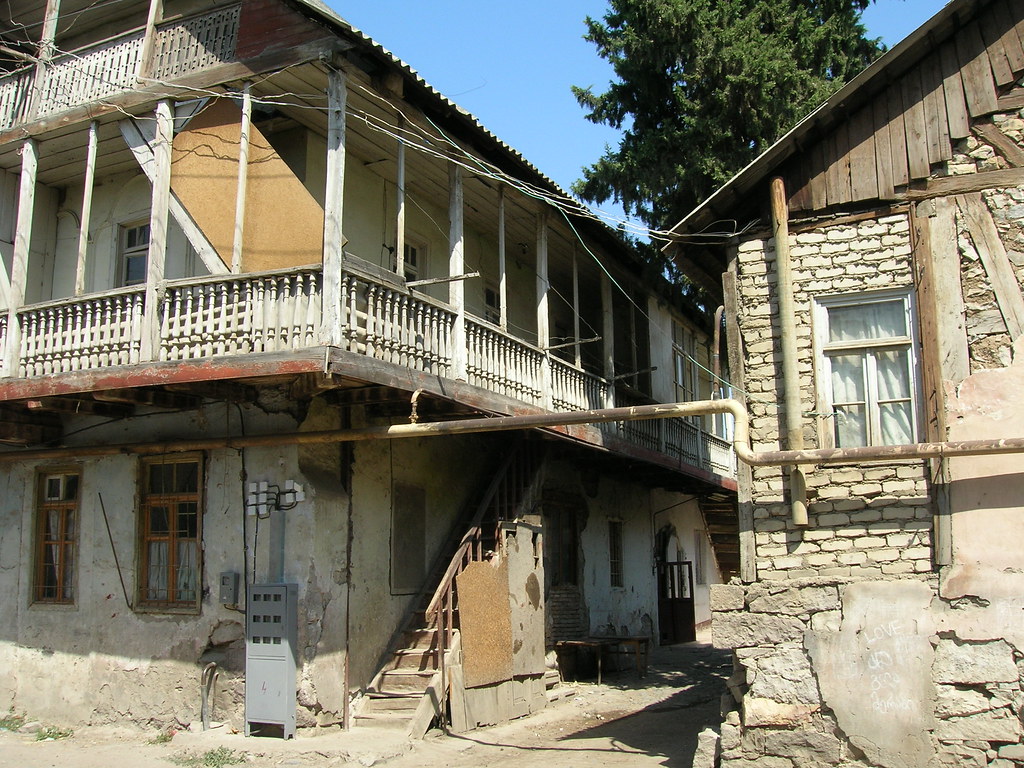 German Balcony, Photo by Ralph Hälbig
German Balcony, Photo by Ralph Hälbig 











1 comment:
Sollte ich ab Sommer wieder in Georgien sein, gibts bestimmt mehr Fotos aus Bolnisi...
Für alle, die die Seite noch nicht kennen:
http://caucasus-pictures.blogspot.com/2007/01/bolnisi-ex-katharinenfeld.html
Post a Comment